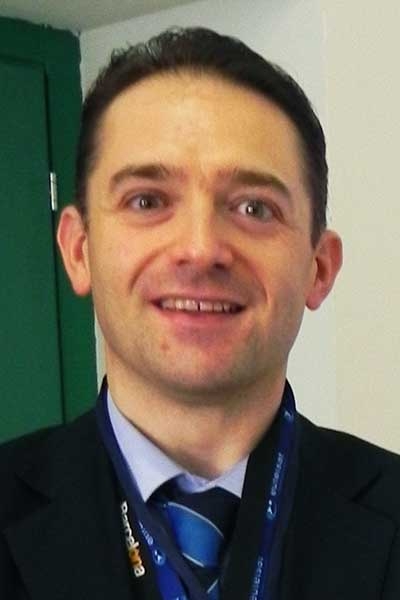Advanced Satellite Networking

Future 5G/6G mobile communication systems are expected to integrate various radio access technologies, including the satellite component. In this framework, terrestrial services can be augmented with the development of novel satellite systems (namely, UHTS GEO and mega-LEO constellations) to meet the needs of service in those areas that terrestrial 5G systems cannot cover. This lecture will address advanced concepts like Internet-Centric Networking, Network Virtualization and Softwarization, QoS support, Mobile Edge Computing, and various alternative solutions to deploy such advanced satellite networks..
Date and Time
Location
Hosts
Registration
-
 Add Event to Calendar
Add Event to Calendar
Loading virtual attendance info...
Speakers
Advanced Satellite Networking
Future 5G/6G mobile communication systems are expected to integrate various radio access technologies, including the satellite component. In this framework, terrestrial services can be augmented with the development of novel satellite systems (namely, UHTS GEO and mega-LEO constellations) to meet the needs of service in those areas that terrestrial 5G systems cannot cover. This lecture will address advanced concepts like Internet-Centric Networking, Network Virtualization and Softwarization, QoS support, Mobile Edge Computing, and various alternative solutions to deploy such advanced satellite networks..
Biography:
https://www3.diism.unisi.it/~giambene/index.html
Giovanni Giambene (h index = 25 Google scholar, 18 SCOPUS, 14 ISI WoS) was born in Florence, Italy, in 1966. He received the Dr. Ing. degree in Electronics in 1993 and the Ph.D. degree in Telecommunications and Informatics in 1997, both from the University of Florence, Italy.
In 1999, he joined the Department of Information Engineering and Mathematical Sciences of the University of Siena, Italy. At present, he is an associate professor, teaching the first-level course on Fundamentals on Telecommunications and the advanced course on Networking at the University of Siena.
He has participated in the following international projects:
- COST 290 Action (2004-2008), entitled “Traffic and QoS Management in Wireless Multimedia Networks” (Wi-QoST), vice-chair.
- The SatNEx I & II network of excellence (EU FP6, 2004-2009), SatNEx III (ESA 2010-2013) and SatNex IV (2015-2019) as work package leader on radio access techniques, cross-layer air interface design, and network coding techniques for satellite systems;
- The EU FP7 Coordination Action “Road-mapping technology for enhancing security to protect medical & genetic data” (RADICAL) as work package leader on security and privacy applications for the management of medical data;
- The COST Action IC0906 (2010-2014) “Wireless Networking for Moving Objects” (WiNeMO) as national representative; the EU FP7 Coordination Action RESPONSIBILITY.
At present, he is involved in the ESA SatNEX IV project (2020-) and the ROMANTICA project with AIRBUS, financed by ESA IIT ARTES programme (2019-2021).
Giambene is IEEE senior member. Since 2010, he is a member of the Editorial Board of the "International Journal of Satellite Communications & Networking", Wiley. Since 2015, he is IEEE Transactions on Vehicular Technology editor. Since 2019, he is an IEEE Wireless Communication Magazine associate editor.
He has published the following book (for which a third edition is now in preparation): G. Giambene, “Queuing Theory and Telecommunications: Networks and Telecommunications”, Springer, April 2014 (2nd edition).
Research interests are as follows: satellite networking, mobile and wireless networking, 4G, 5G, NB-IoT, DVB-Sx/-RCS2, network coding and packet-level FEC, acceleration of TCP performance, satellite-terrestrial integration, queuing theory, satellite and IoT applications to environmental monitoring and smart agriculture.

